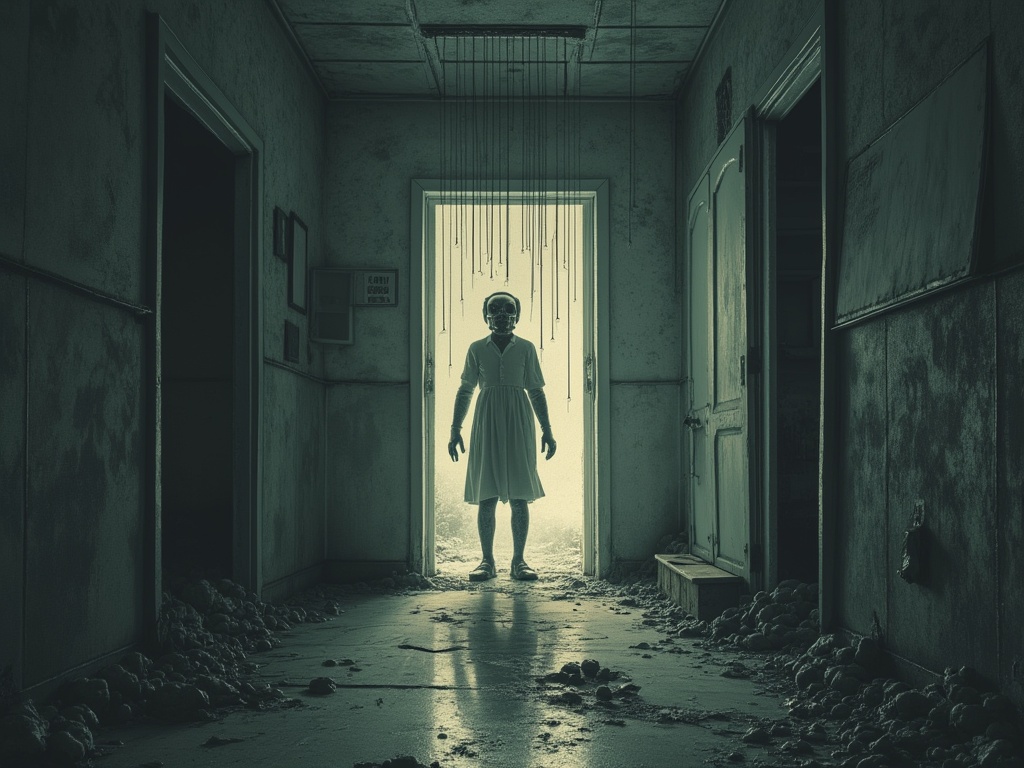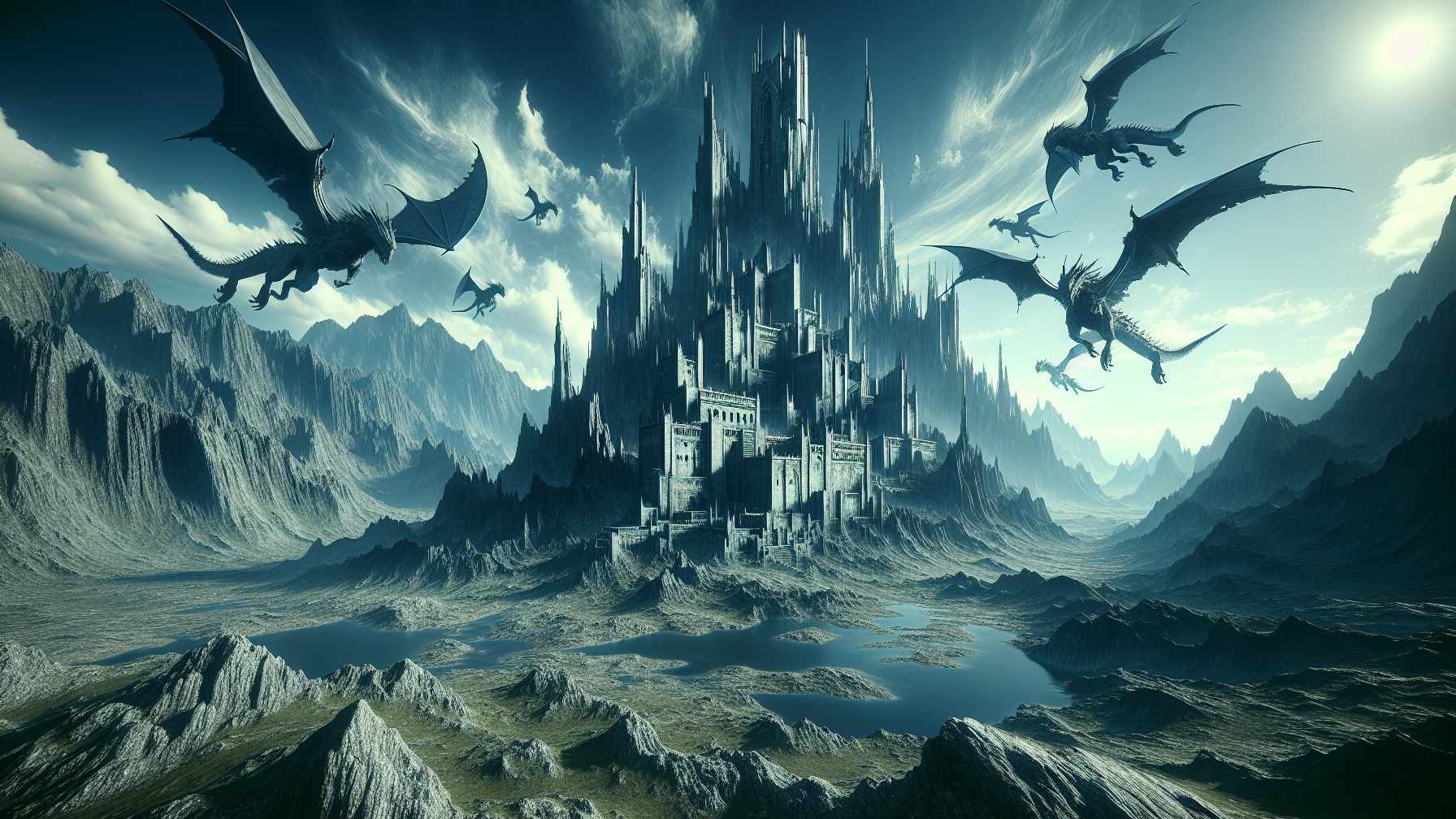AI-powered horror story generators have revolutionized the way writers craft terrifying narratives by injecting unexpected plot developments and atmospheric elements that leave readers trembling. These sophisticated tools leverage extensive data analysis to identify effective horror tropes and patterns, helping both novice and experienced writers create stories with spine-chilling plot twists that feel both surprising and inevitable.
Key Takeaways
- Advanced AI models analyze thousands of horror stories to identify effective plot patterns and generate unique narrative twists
- Using a horror story prompt generator can reduce ideation time by up to 70% while breaking through creative roadblocks
- The best results come from specific parameters in your horror story idea generator prompts that include character traits, settings, and desired twist types
- A short horror story generator excels at creating atmospheric terror through vivid sensory descriptions and psychological elements
- Combining AI-generated frameworks with personal touches creates the most compelling horror narratives that stand out in the genre
The Technology Behind AI Horror Generation
Modern horror story plot generators utilize sophisticated AI technologies like GPT-4 and specialized horror-trained LLMs that have analyzed patterns across thousands of classic and contemporary horror tales. These systems don’t merely regurgitate existing stories; they identify the narrative elements that create effective terror and recombine them in original ways.
The technical process involves Natural Language Processing algorithms that recognize how successful horror builds tension, introduces uncertainty, and delivers payoffs. When you input basic parameters into a horror story idea generator, the AI processes these through neural networks trained on horror literature ranging from Lovecraft to contemporary authors.
Behind the scenes, these systems analyze several key components:
- Narrative structure and pacing that builds psychological dread
- Character vulnerability patterns that create reader investment
- Environmental elements that evoke isolation or unease
- Linguistic patterns that signal impending danger or revelation
Immediate Benefits for Horror Writers
The primary advantage of using a horror story prompt generator is its ability to eliminate creative stagnation. Every writer has experienced that frustrating moment when a story feels flat or predictable. AI tools can instantly introduce unexpected directions, character decisions, or revelations that reinvigorate your narrative.
A survey of over 45,000 writers revealed that using AI horror generators reduced ideation time by an average of 72%, allowing authors to focus more on refining and developing the core ideas rather than staring at blank pages. This efficiency doesn’t compromise quality—in fact, it often enhances it by introducing elements the writer might not have considered.
Perhaps most valuable is the way these tools draw from global horror traditions, introducing concepts from Japanese yurei legends, Scandinavian folklore, Latin American magical realism, or African spiritual beliefs that might be outside a writer’s familiar territory. This diversity of influence creates horror that feels fresh and unpredictable to readers.
Crafting the Perfect Twist with AI Prompting
The effectiveness of a horror story generator largely depends on how you structure your prompts. Rather than vague requests, providing specific parameters yields much more usable results. I’ve found that including exact specifications about twist count, narrative perspective, and character limitations creates the most compelling outputs.
For optimal results, consider these prompt structures when using a horror story plot generator:
- Request a specific number of plot twists (1-3 works best for short stories)
- Define your protagonist’s profession, limitations, or special abilities
- Establish a confined or isolated setting
- Specify narrative perspective (first-person creates immediacy, third-person allows broader scope)
Character integration represents a crucial element of effective horror twists. I recommend incorporating protagonist traits that directly connect to the eventual revelation. For example, a character with prosopagnosia (face blindness) who can’t recognize that the various “strangers” they’ve encountered are actually the same entity.
Enhancing Atmospheric Terror
The most effective short horror story generator doesn’t just create plot—it builds immersive atmospheric terror. AI excels at generating sensory-rich descriptions that establish dread: the scent of copper beneath floral perfume, the subtle temperature drop when entering a room, or the almost imperceptible shifting of shadows when no one is moving.
I find that requesting specific sensory elements in your prompts yields the most visceral responses. Consider these atmospheric elements to include:
- Sound elements that create unease (distant machinery, sounds with no visible source)
- Visual distortions or limitations (fog, darkness, unreliable perception)
- Temperature changes that signal supernatural presence
- Tactile sensations that evoke discomfort or vulnerability
High-stakes scenarios represent another AI strength. Requesting situations where characters must make impossible choices creates immediate tension. These no-win scenarios force protagonists into morally ambiguous territory, adding psychological horror elements that elevate the narrative beyond simple shock value.
Overcoming AI Limitations in Horror Writing
Despite their capabilities, horror story generators have limitations that require human oversight. The most common issue is “hallucination”—when AI creates logically inconsistent elements or impossible scenarios that break immersion. I always recommend checking AI outputs for narrative coherence, especially regarding physical laws, character motivations, and timeline consistency.
Another challenge is avoiding clichéd horror elements. AI tends to default to common tropes like abandoned hospitals, mysterious fog, or the classic “the call is coming from inside the house” reveal. To counter this, explicitly request subversions of specific tropes or combine elements from different genres for fresher outcomes.
Ethical considerations also matter when generating disturbing content. Most AI models have content filters that prevent extreme outputs, but it’s worth establishing your own boundaries regarding depictions of violence, psychological trauma, or taboo themes. The most effective horror often relies more on suggestion than explicit detail anyway.
Case Studies: Successful AI-Human Horror Collaborations
Some of the most impressive horror narratives emerging today combine AI generation with human refinement. One standout example featured a neurodivergent protagonist who recognized mathematical patterns in seemingly random deaths, revealing an underlying logic to what others perceived as coincidence.
Another effective approach involves subverted expectations. A writer used a horror story prompt generator to create a three-part narrative structure where seemingly supernatural events had scientific explanations—until the final twist revealed a deeper metaphysical horror that recontextualized everything before it.
These successful collaborations share common elements:
- They start with AI-generated frameworks but add personal touches
- They maintain information gaps to create suspense
- They connect character limitations directly to plot revelations
- They balance explicit horror with psychological dread
Practical Implementation Steps
To get started with your own horror story idea generator implementation, I recommend beginning with specific scenarios rather than open-ended requests. For example, instead of asking for “a scary story,” request “a story about a lighthouse keeper who discovers all radio transmissions they’ve received for months contain hidden messages.”
The most effective approach follows an iterative refinement process. Use initial AI outputs as foundations, then request specific modifications to strengthen weak areas or expand promising elements. This collaborative process often produces stronger narratives than either human-only or AI-only creation.
Adding your personal experiences and emotional depth to AI frameworks creates the most compelling results. Your unique perspective on fear, trauma, or uncertainty brings authenticity that pure AI generation lacks. Remember that AI excels at structure and ideation, but human experience provides the emotional resonance that truly frightens readers.
Genre blending represents another powerful technique. Request horror elements combined with other genres—science fiction horror, folk horror, or historical horror—to create unique narrative spaces. These cross-genre explorations often yield the most distinctive and memorable stories that stand out in an overcrowded field.
AI-powered horror story generators have transformed how writers create terrifying narratives by analyzing effective horror patterns and injecting unexpected plot developments. These tools leverage data analysis to identify successful tropes, helping writers craft stories with spine-chilling twists that feel both surprising and inevitable. The technology reduces ideation time by up to 70% while breaking through creative blocks, with the best results coming from specific prompt parameters that include character traits, settings, and desired twist types.
Modern systems use sophisticated AI like GPT-4 and specialized horror-trained LLMs to recognize narrative elements that create effective terror. Writers can enhance results by requesting specific sensory descriptions and high-stakes scenarios while avoiding clichés and maintaining narrative coherence. The most compelling horror stories combine AI-generated frameworks with personal touches and emotional depth.
| Key Points | Benefits |
|---|---|
| Advanced AI analyzes thousands of horror stories to identify effective plot patterns | Reduces ideation time by up to 70% |
| Technology recognizes narrative elements creating effective terror | Breaks through creative roadblocks |
| Specific prompting parameters yield better results | Introduces global horror traditions outside writer’s experience |
| AI excels at creating atmospheric terror through sensory descriptions | Allows writers to focus on refining core ideas |



